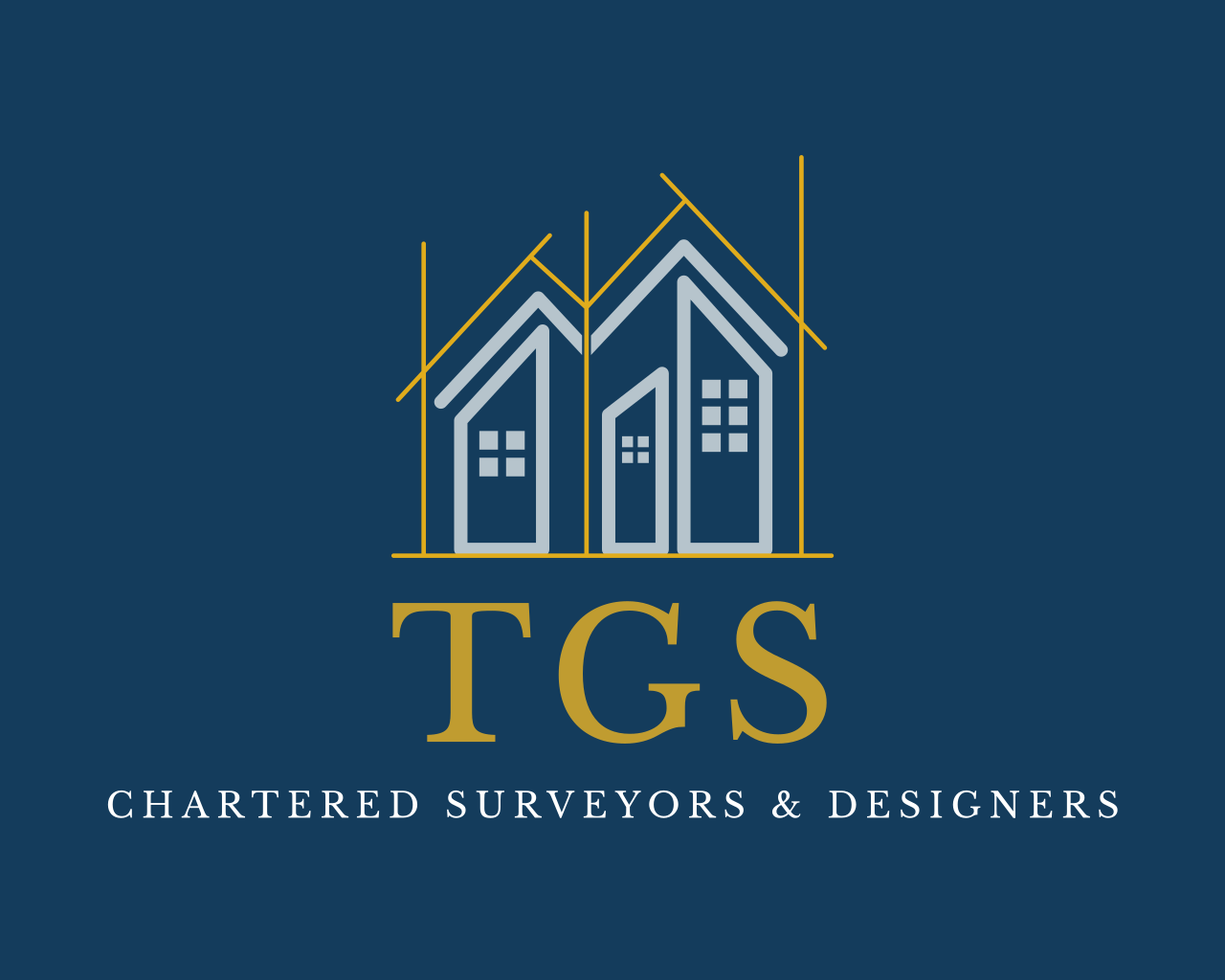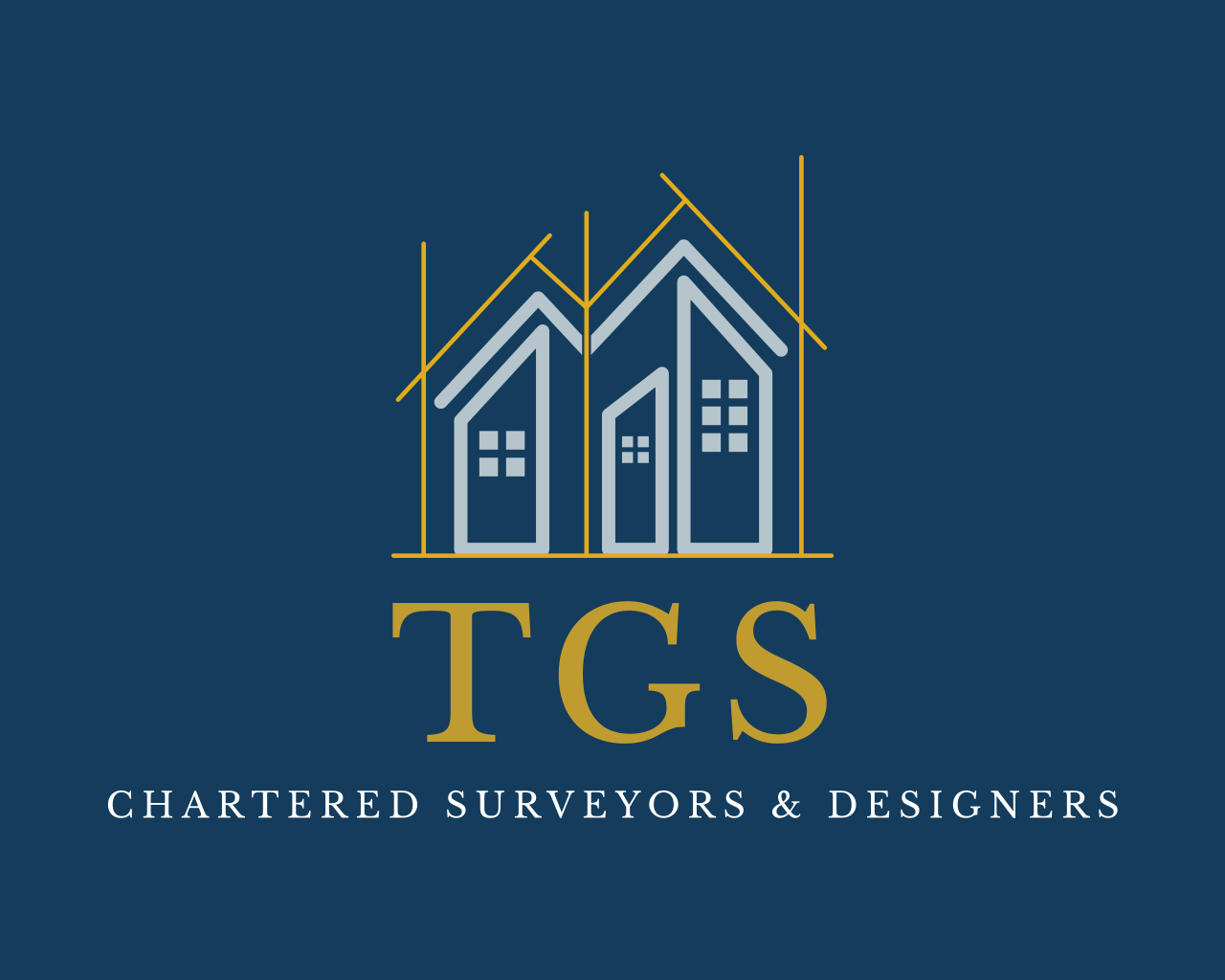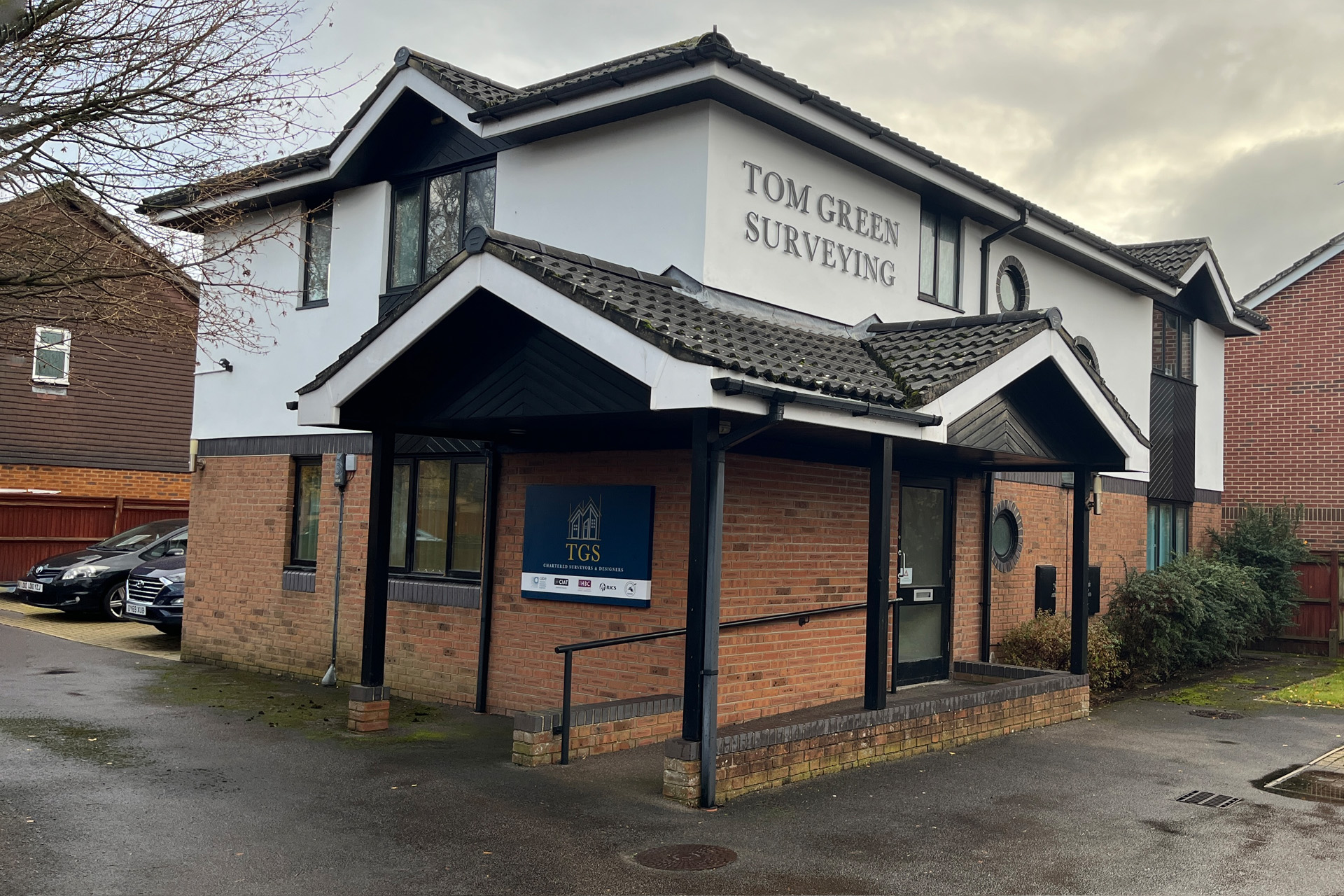Understanding common property defects is essential if you are deciding to buy, sell or maintain a property. These issues can affect the safety, value and comfort of a home or commercial building; often these go unnoticed until they become serious (and expensive!) problems.
Identifying defects early through professional surveys can save you time, money and stress. At Tom Green Surveying, we specialise in uncovering hidden issues and advising clients on addressing them effectively.
Here is what you need to know about the most frequent defects we encounter:
What Is a Common Property Defect?
A common property defect is any issue that negatively affects a building's structure, function or usability. This could be something minor, like a draughty window or something more serious, such as foundation movement or damp.
If left unresolved, these defects can impact your comfort, reduce your property’s market value, compromise its safety and lead to costly repairs. That is why regular inspections and professional surveys by qualified surveyors are so important. They help catch issues early and provide clear recommendations for remedial work.
Here are some of the most common defects you may come across:
Damp
Damp is one of the most frequent issues we find in properties and it comes in three main forms:
• Rising Damp – Moisture rising through walls from the ground, usually due to a failed damp-proof course.
• Penetrating Damp – Water entering the building through the walls, roof or windows due to leaks or poor maintenance.
• Condensation – Often caused by poor ventilation, leading to mould growth on cold surfaces.
Damp can damage plaster, rot timbers, cause unsightly stains and even trigger health issues like respiratory problems. Signs include a musty smell, mould patches and peeling paint. Proper ventilation, repairing leaks and specialist treatments are key to resolving damp problems.
Roof Damage
A damaged roof might not be immediately obvious from the ground, but it can lead to significant problems. Common issues include missing or broken tiles, leaks, sagging areas and poor insulation.
Weather exposure, age and lack of maintenance are typical culprits. Left unchecked, roof damage can allow water to penetrate the structure, weakening internal supports and encouraging damp or mould growth.
Regular roof inspections are essential, especially after storms or harsh winters. Preventive maintenance, such as clearing gutters and replacing broken tiles, helps avoid more significant structural concerns in the future.
Poor Drainage
Drainage issues often go unnoticed until significant damage has occurred. Blocked gutters, downpipes or poorly graded surfaces can lead to standing water or water ingress around the property’s foundation.
Causes include poor design, lack of maintenance or invasive tree roots. The consequences? Water damage, rising damp, mould and even foundation movement.
Look out for signs like water pooling near the building, overflowing gutters or damp walls. Fixes can range from clearing blockages to redesigning external drainage systems—and we can advise on the best course of action.
Incorrectly Fitted Windows and Doors
Windows and doors that do not fit properly can lead to draughts, water leaks and security vulnerabilities. These problems are often due to poor installation, warping over time or general wear and tear.
Not only do they affect comfort and energy efficiency, but they can also pose a risk to your home’s safety. You might notice increased heating bills, rattling windows,or difficulty closing doors.
Solutions may include resealing, adjusting, or replacing the fittings entirely. A survey can determine whether it is a quick fix or part of a broader issue with the building’s structure or insulation.
Ventilation
Good ventilation is crucial for maintaining air quality and preventing damp. Unfortunately, it is often overlooked in older buildings or poorly designed renovations.
Blocked air vents, inadequate airflow or missing extraction fans can cause condensation buildup, which can lead to mould growth and poor indoor air quality.
Improving ventilation might be as simple as installing extractor fans in kitchens and bathrooms, unblocking vents or adding trickle vents to windows. Professional advice ensures the solution is practical and energy efficient for more complex issues, especially in larger properties.
Structural Movement
Structural movement refers to shifts in a building’s foundation or framework. It can cause cracks in walls, sloping floors, misaligned doors and windows and even visible leaning.
Common causes include subsidence, ground settlement or poor construction practices. While some movement is expected over time, significant or sudden changes can seriously compromise a building’s stability.
This type of defect requires immediate attention from a qualified professional. A structural survey will determine the cause and recommend appropriate remedial action.
Frequently Asked Questions
What’s the most common property defect?
Dampness is one of the most frequently identified issues, particularly in older properties.
Can I fix minor defects myself?
Some minor issues can be resolved with basic maintenance, but it is always wise to have a surveyor assess the root cause.
How often should I inspect my property?
We recommend a professional inspection every 5–10 years, or before buying, selling or making significant changes to the property.
Concerned About a Property Defect?
If you suspect any of these issues in your property, do not leave it to guesswork. A professional inspection can give you peace of mind—and potentially save you thousands in repairs. Contact our team today to discuss your options.


